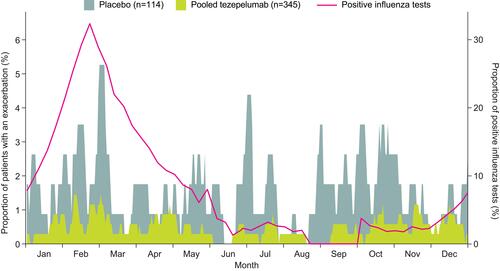Figures & data
Figure 1 AAER during each season.
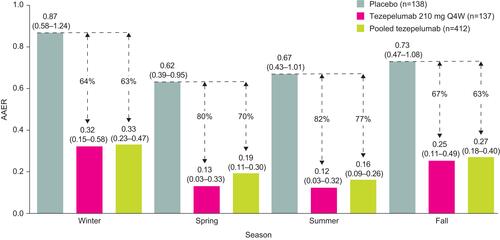
Figure 2 Mean number of days with an asthma exacerbation per patient, by season.
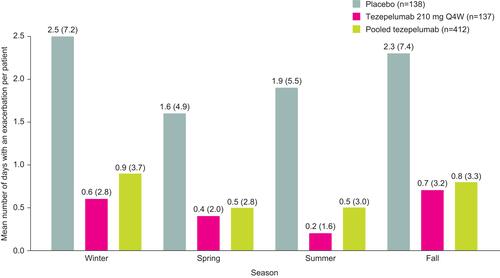
Figure 3 Mean number of days with an asthma exacerbation per patient, for each week of the year.
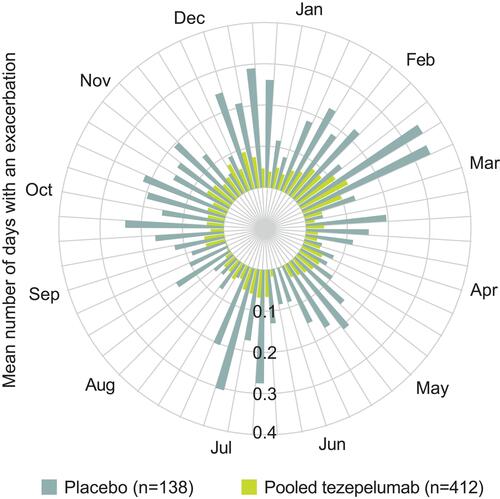
Table 1 Number of Patients with Asthma Exacerbations by Season
Figure 4 Proportion of patients with asthma exacerbations per day throughout the year.
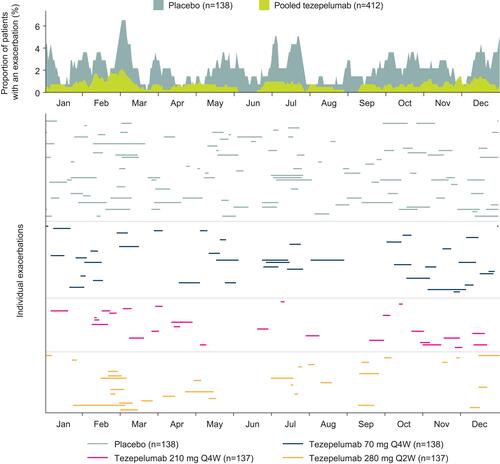
Figure 5 Proportion of patients with asthma exacerbations per day throughout the year, stratified by (A) low (<300 cells/µL; left) or high (≥300 cells/µL; right) baseline blood eosinophil counts, or (B) atopic (FEIA+; left) or non-atopic (FEIA−; right) asthma status.
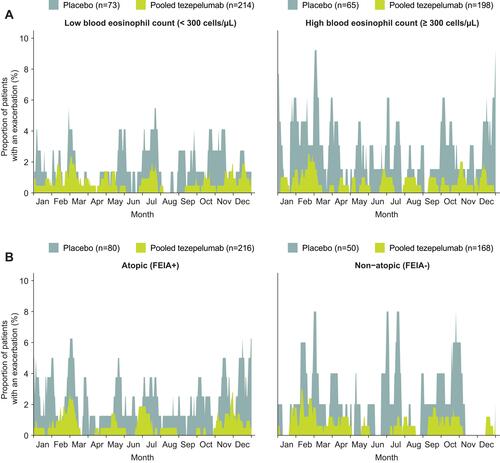
Figure 6 Relationship between asthma exacerbations and the influenza season in Eastern Europe.
